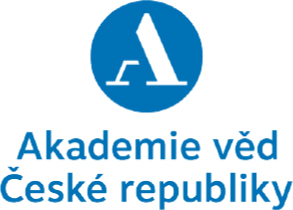Non-random selection of reproductive partners in the human population, i.e. assortative mating, has been a stable occurrence for decades and across societies, including the Czech Republic. Social sciences have paid primary attention to homogamy, marriage between similar partners, also due to its potential impact on society. High levels of homogamy in a society may imply high closedness of the different groups, prevent social mobility, suggest racial tensions, or lead to higher inequality.
Three factors are deemed as responsible for homogamy. Structural factors are represented by the partners’ physical closeness as they meet, for example, at school or other institutions. Second, there are individual factors, namely one’s personal preferences for a relationship with someone similar to one. Finally, social factors represent the influence of social groups as they have their own stake in preserving group cohesion through marriage between their members. However, evidence of assortative mating and its mechanisms mostly comes from attitudinal data or questionnaire surveys, which make it difficult to differ between individual and structural factors, among others. In this review article, I focus on the potential of data from online dating sites to help us better understand assortative mating. Is the Internet changing the ways people meet? How does assortative mating work in the online environment and what can it tell us about the mating process in general?
The paper starts by presenting the main theories of assortative mating and adding information on the specifics of the online environment. There are basically two contradictory expectations of the effect of the Internet on the mating process. The first group assumes that the easy access to thousands of potential partners across all sociodemographic groups an online dating service provides, plus the absence of direct influence of intermediaries such as community members, will lead to higher diversity of the ensuing marriages. In short, the level of assortative mating will decrease. The opposite expectation is based on the assumption that people generally prefer contact with similar partners and online dating services help them more effectively filter mates by preferred criteria, thus avoiding contact with people who do not fit their expectations. As a result, assortative mating will grow.
The theory section is followed by a review of contemporary international research of online dating services with regard to assortative mating. I conclude the detailed review by arguing that the human preference for similar partners occurs in the online environment as well, and therefore, assortative mating likely cannot be explained by structural factors only. Moreover, all points to the fact that data from real-life user interaction in online dating services can importantly widen our knowledge of assortative mating.



